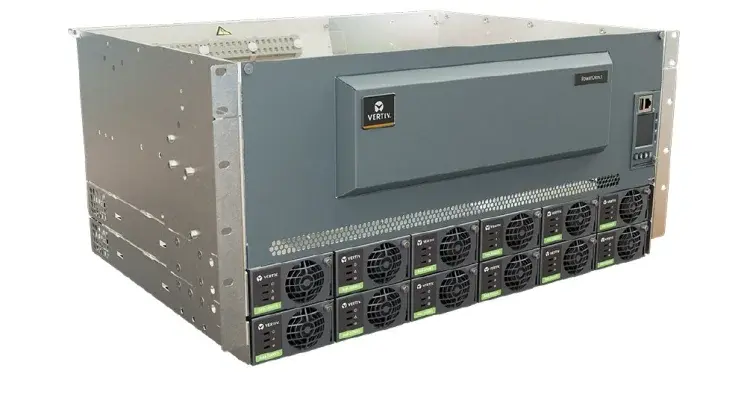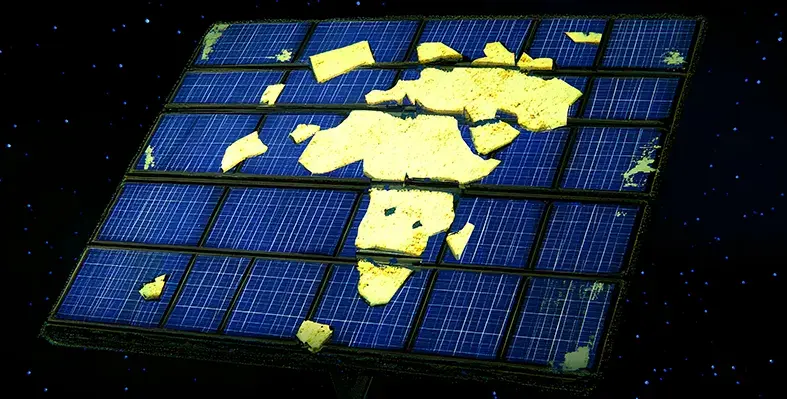Satellite capacity demand for broadcast in Middle East and North Africa is expected to grow in the near term, especially in the orbital hotspots for video distribution, according to EshailSat, Qatar Satellite Company
Over the past few decades the commercial satellite industry has gone through a few stages of growth and change. The first boom phase came about 40 years ago when video distribution became the mainstay of the satellite business. The second wave came with efficient fixed-satellite service (FSS) satellites with high-powered spot beams that enabled corporate connectivity, backhaul and consumer broadband.
Over the past few years, however, we have started seeing fundamental changes in the way satellite capacity is being consumed. There are higher demands for non-video use, for a service model as opposed to a raw capacity lease, for efficient technology enabling higher throughput, and so on. This new wave is expected to change the landscape of the industry over the next few years.
Looking at the Middle East and North Africa, satellite capacity demand for broadcast is expected to grow in the near term, especially in the orbital hotspots for video distribution, such as 25.5°E/26°E. We are also seeing a transition from standard definition (SD) to high definition (HD), while some countries are even aiming for a transition to ultra HD. In telecommunications, there is substantially high potential for satellites in broadband, backhaul, and mobile connectivity. As a driver for this potential, the implementation of high throughput satellites (HTS) is expected to increase within the region in the coming years.
Considering the ubiquitous nature and ease of achieving wide coverage through a satellite, satellite connectivity for mobility applications is in high demand, as improved coverage via terrestrial cellular networks would be limited to the local implementation of small cells. The wide coverage of satellites can supplement the gaps and connect the unconnected between these terrestrial networks.
The challenge, however, would be to manage the cost of the ground segment, in order to make it affordable for businesses and consumers to incorporate it within their network. For this reason, we see much innovation moving forward in the flat panel antenna space. It is vital for the satellite industry to evaluate the optimal solution – not only to cater for customer demands, but also to be able to eliminate interference risks and operational difficulties. Satellites are, after all, the best solution for mobile communications.






















